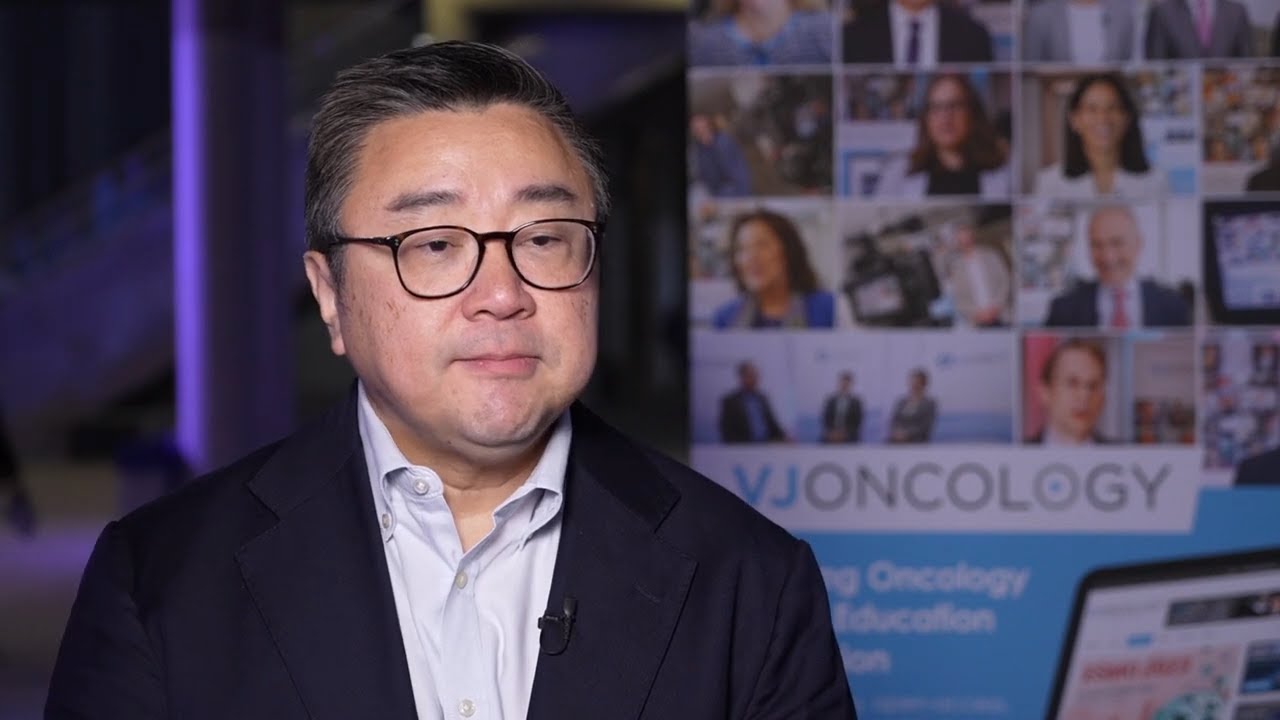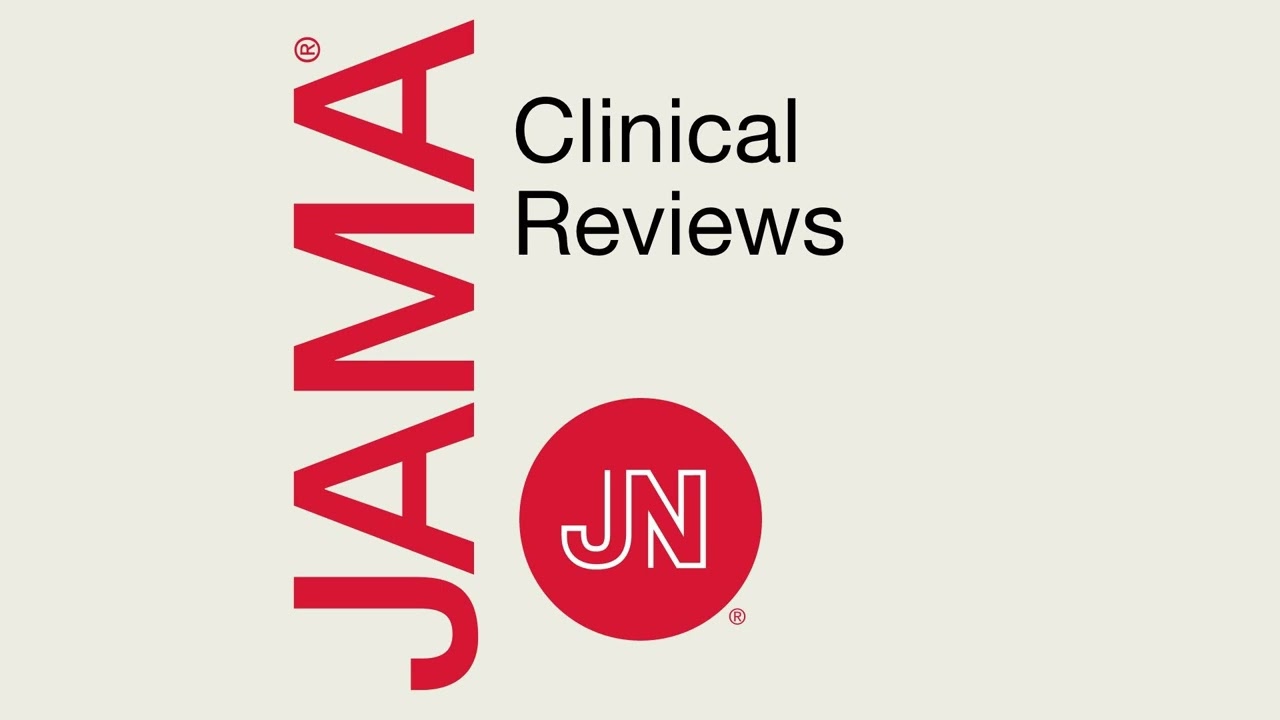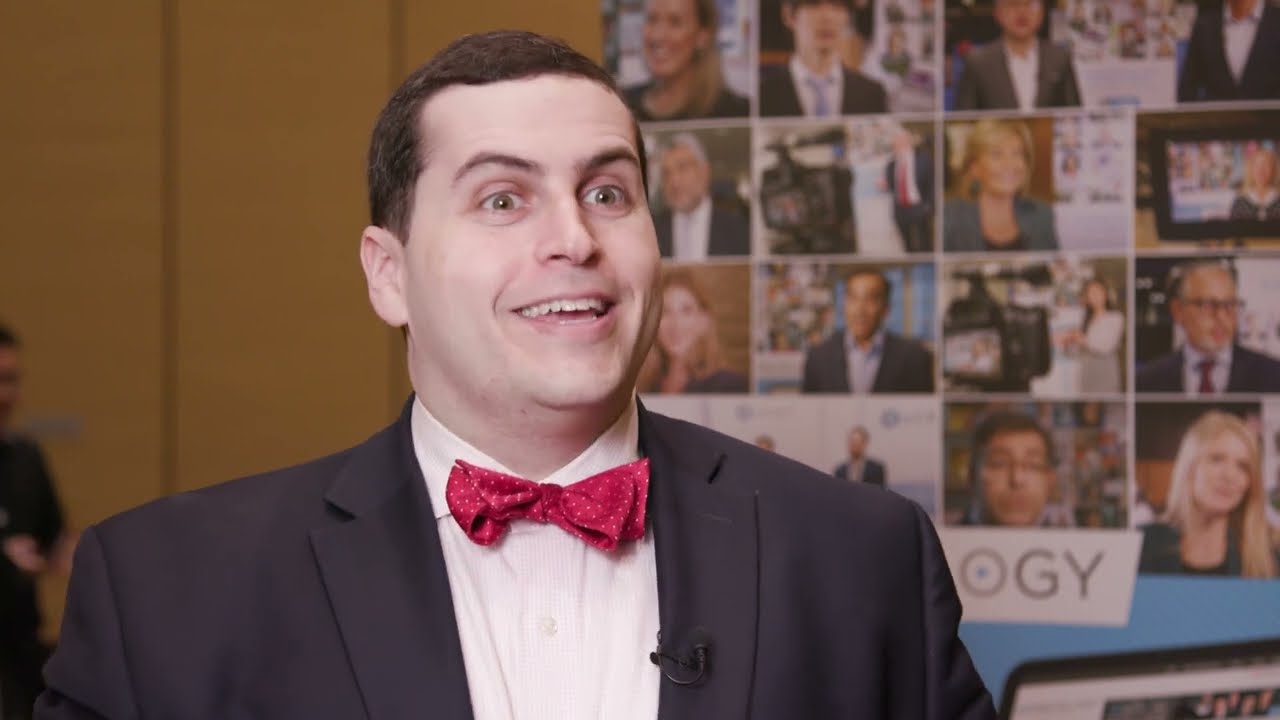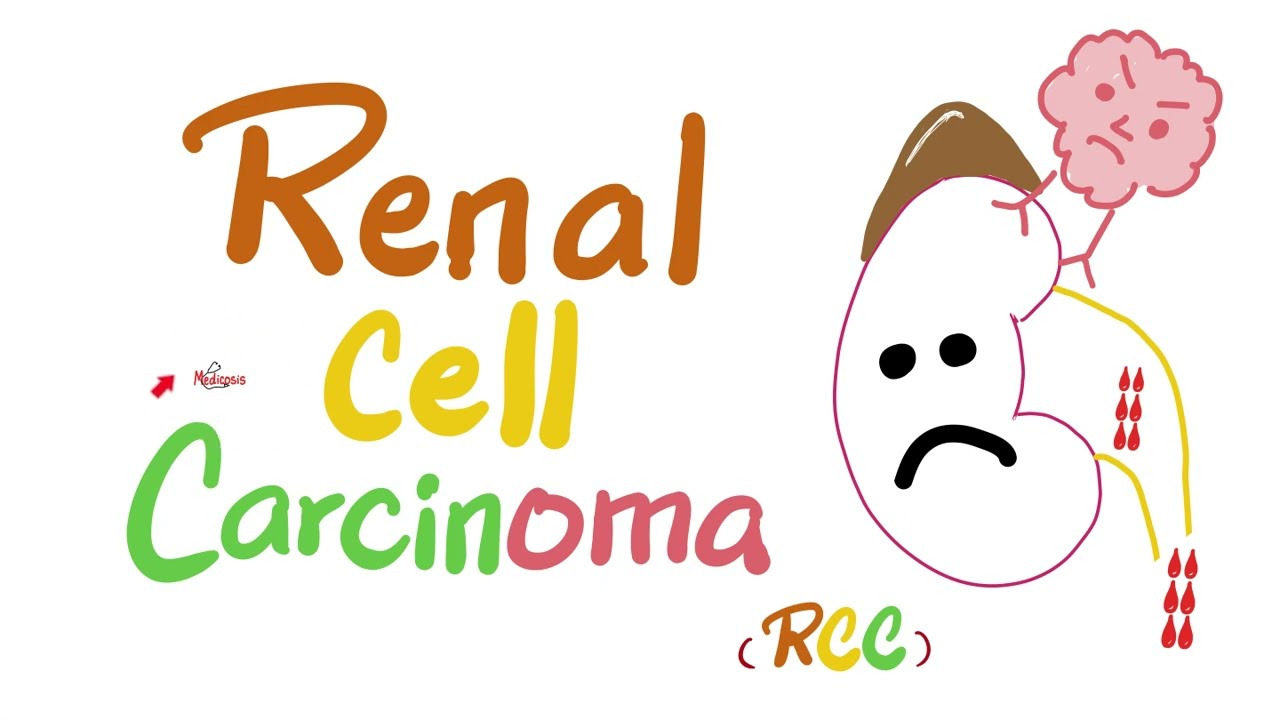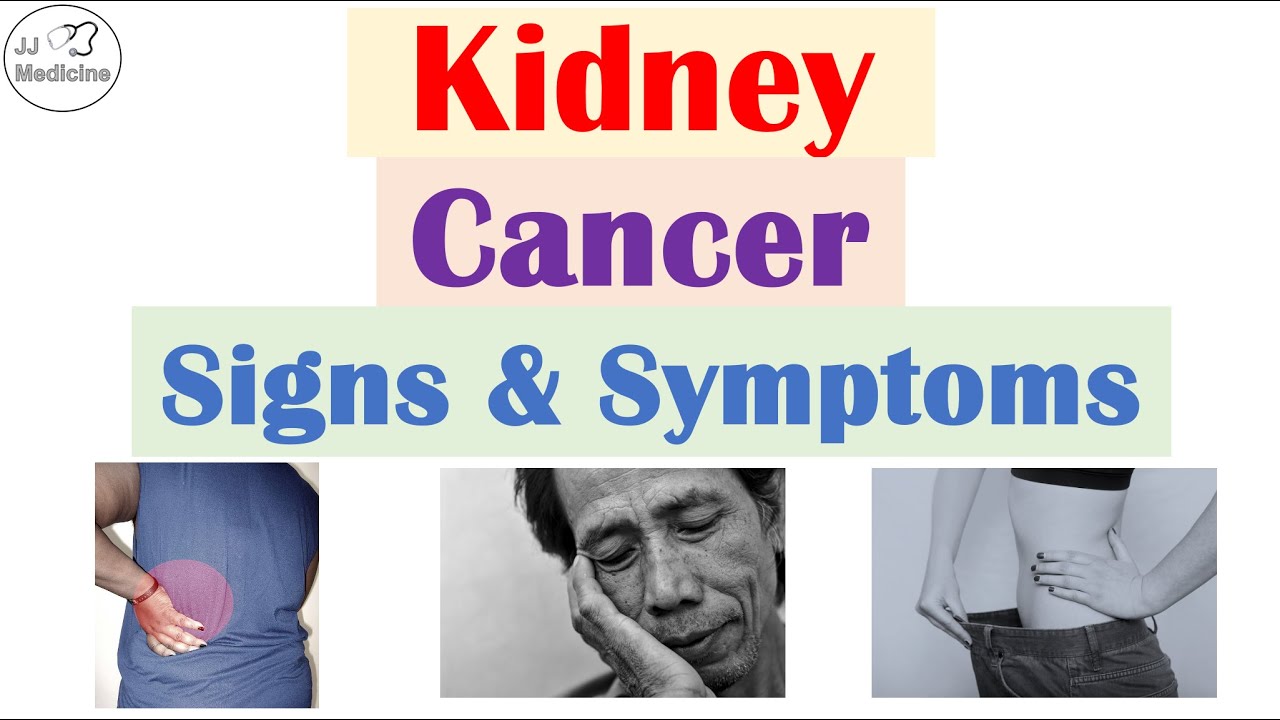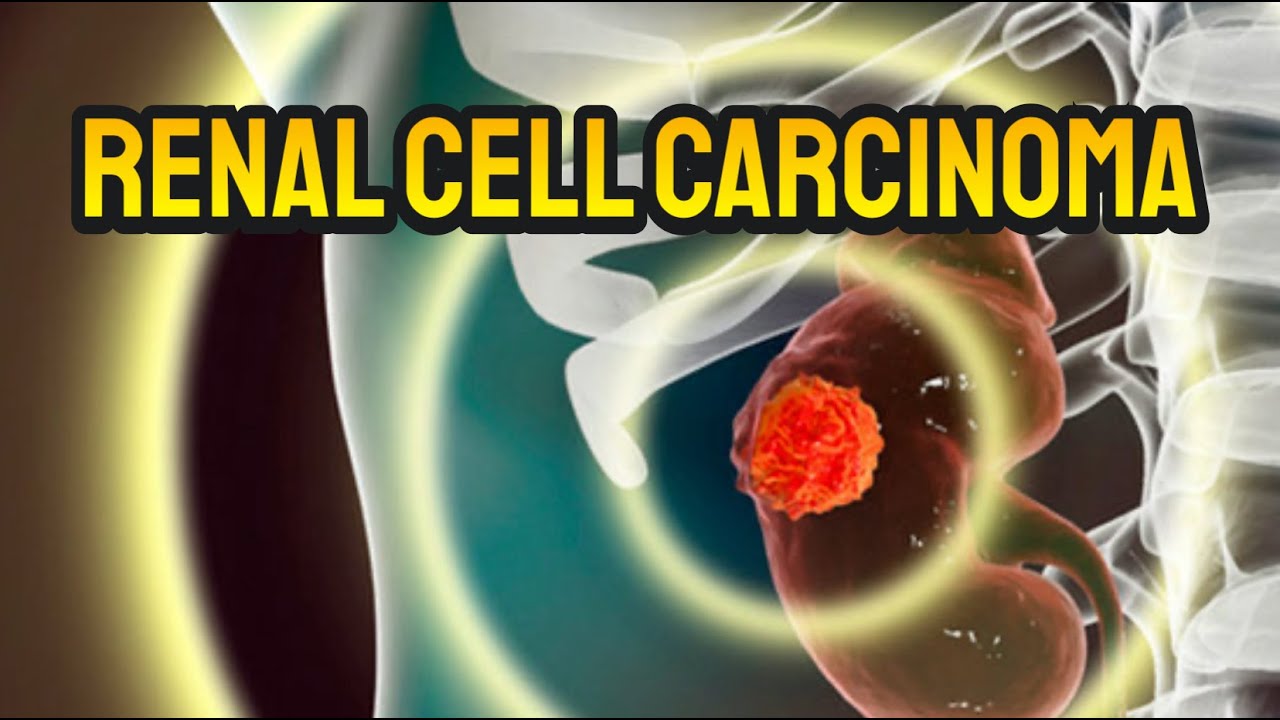The Oncology Channel
NEW YORK (Reuters Health) – Transplantation of hematopoietic cells from a donor with a single matched HLA haplotype, combined with post-transplant cyclophosphamide, may be a good alternative when an HLA-identical donor is not available, according to a transplant team at Georgia State University in Atlanta.
They say the strategy “achieves outcomes equivalent to those of contemporaneous transplantation performed using MRDs (HLA-matched sibling donors) and MUDs (HLA-matched unrelated donors).”
Writing in the Journal of Clinical Oncology online February 19, Dr. Asad Bashey, and colleagues point out that many patients with hematologic malignancies requiring an allogeneic hematopoietic cell transplant (HCT) do not have an HLA-matched related or unrelated donor. However, “Almost all patients have an available related donor with whom they share a single HLA haplotype (ie, haploidentical donor).”
The problem using haploidentical HCT grafts, they continue, is the need for ex-vivo T-cell depletion and extensive preparative regimens in order to reduce the risk of GVHD. A recently developed alternative approach is to use T-cell-replete haploidentical bone marrow grafts in combination with post-transplantation cyclophosphamide to prevent GVHD.
For the current study, the team analyzed outcomes in 271 consecutive, contemporaneous patients who received T-cell-replete allogeneic HCT at their center; 117 had HLA-matched sibling donors (MRDs), 101 had HLA-matched unrelated donors (MUDs), and 53 had haploidentical donors and received post-transplantation cyclophosphamide.
Rates of grade 3-4 acute GVHD at 6 months in the three groups were not significantly different at 8%, 11% and 11%, respectively, according to the report. Corresponding rates of chronic GVHD were 54%, 54% and 38% — significantly lower (p
At 24 months, the cumulative relapse rate was 34% in the two HLA-matched arms and 33% in the haploidentical group, the investigators report. Adjusted 24-month probabilities of disease-free survival were 53%, 52%, and 60% in the three groups, respectively, and adjusted overall survival rates were 76%, 67%, and 64%. None of these differences were statistically significant.
While 24-month rates of non-relapse-related mortality were similar in the three subsets of patients (13%, 16% and 7%), the team “unexpectedly” found mortality after relapse was higher among haploidentical recipients. Specifically, 12-month post-relapse survival was only 17% among the haploidentical group compared with 67% in the MRD recipients and 63% in the MUD arm. However, given the low number of relapses, they say “this finding should be approached with caution and needs to be confirmed in larger numbers of relapsing patients.”
Summing up, Dr. Bashey and colleagues conclude, “Transplantation using haploidentical donors with post-transplantation cyclophosphamide should be considered a valid alternative option for patients who need an alloHCT for whom no conventional donor is available.”
SOURCE: T-Cell–Replete HLA-Haploidentical Hematopoietic Transplantation for Hematologic Malignancies Using Post-Transplantation Cyclophosphamide Results in Outcomes Equivalent to Those of Contemporaneous HLA-Matched Related and Unrelated Donor Transplantation
J Clin Oncol 31;2013.

